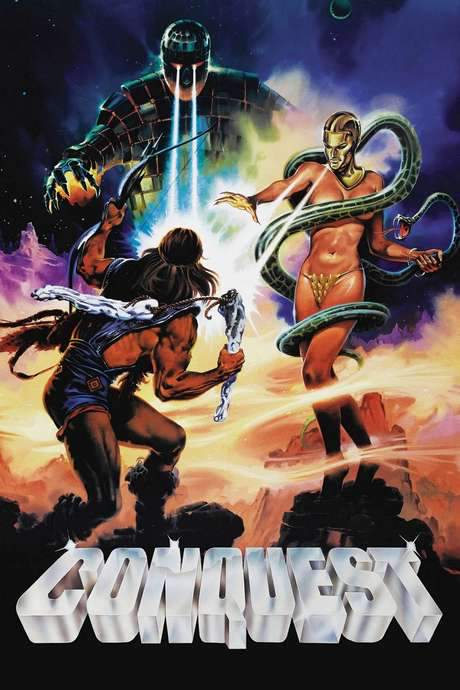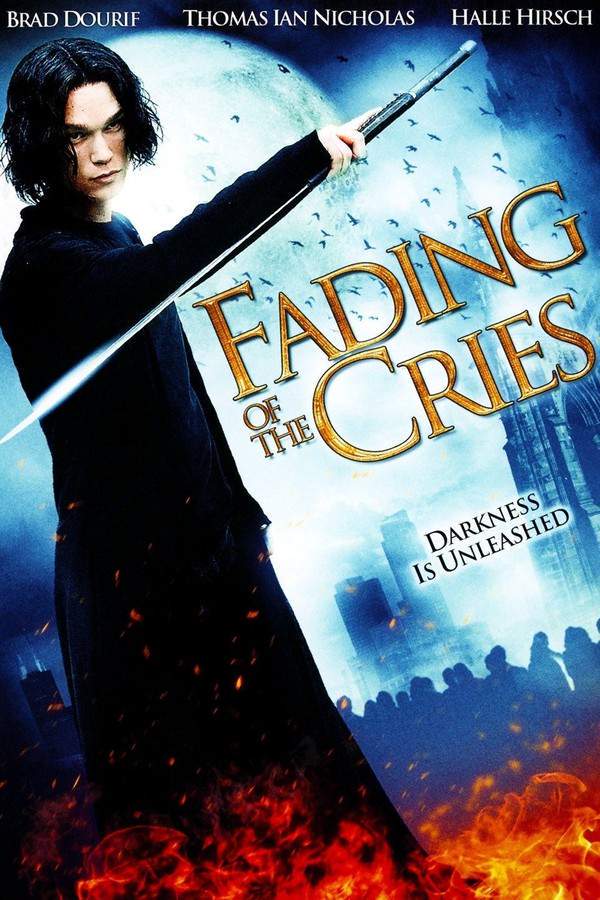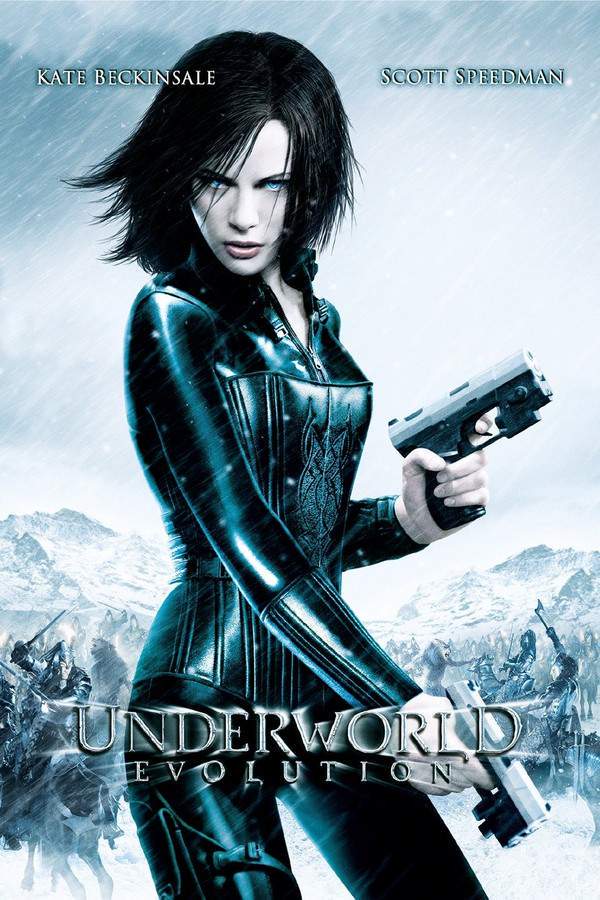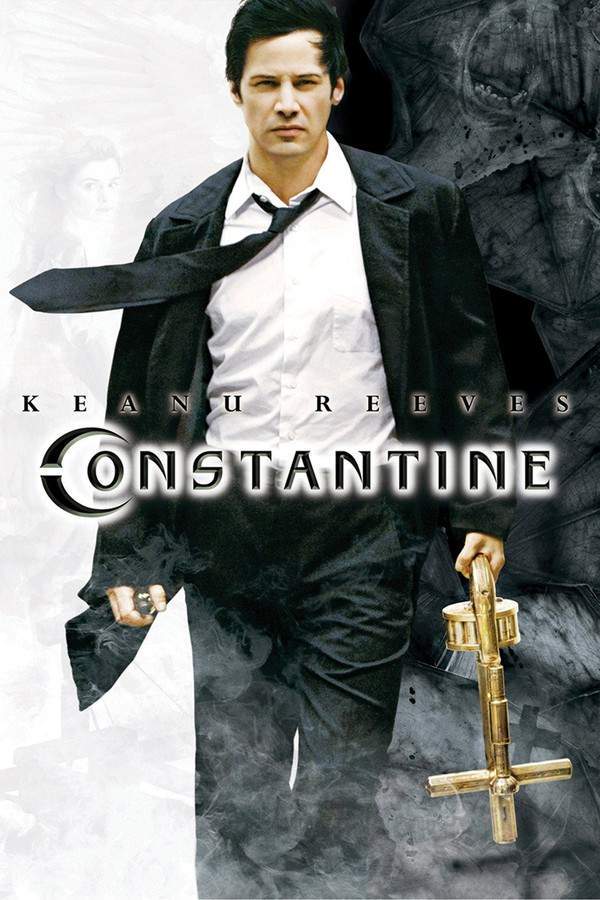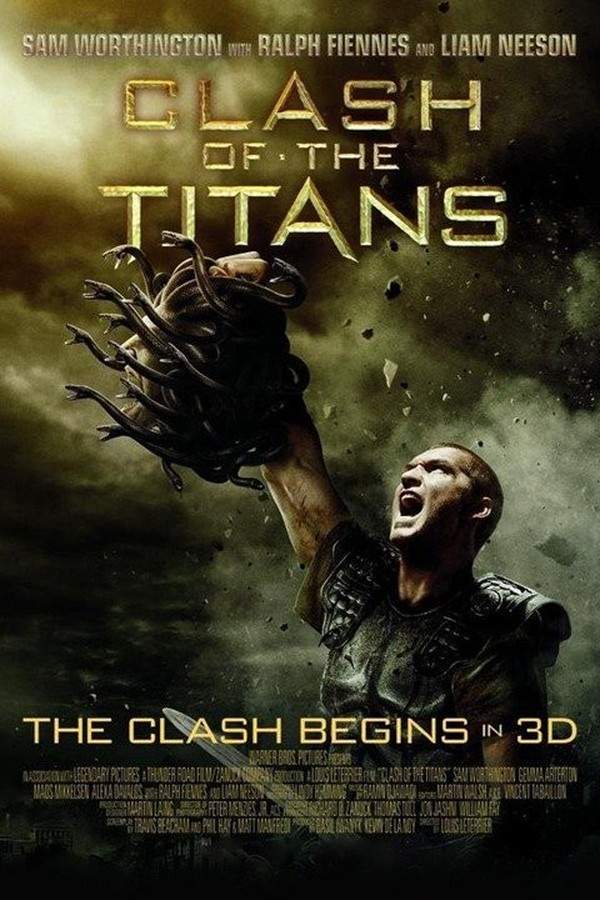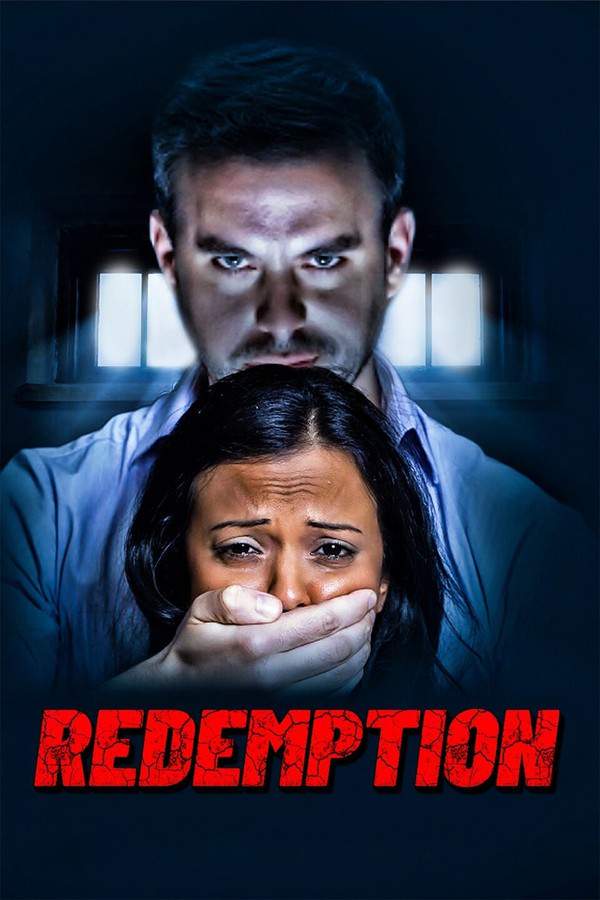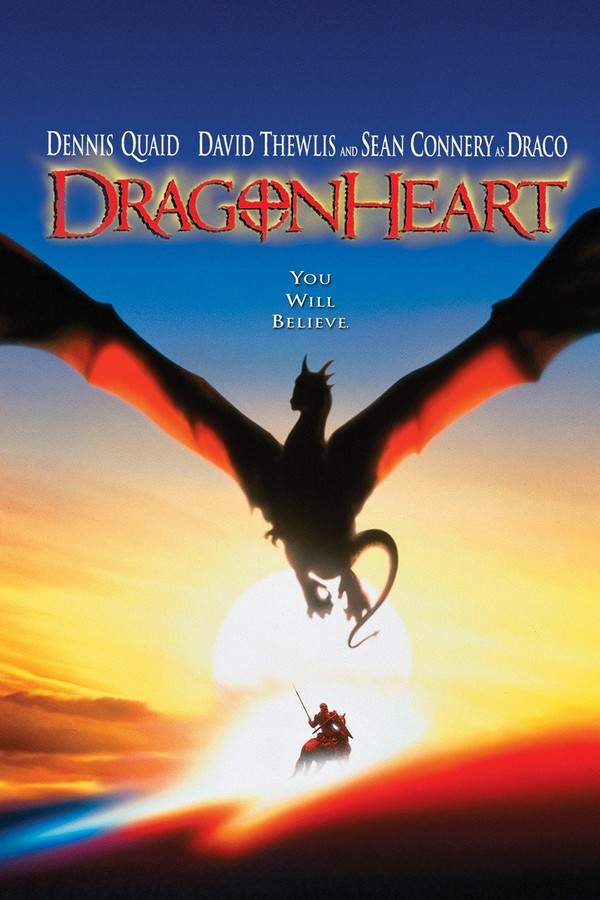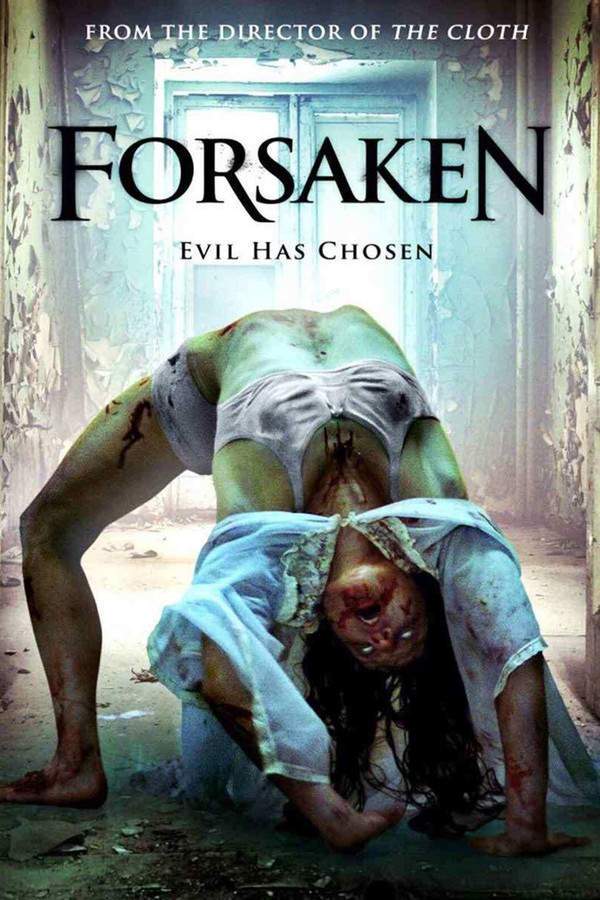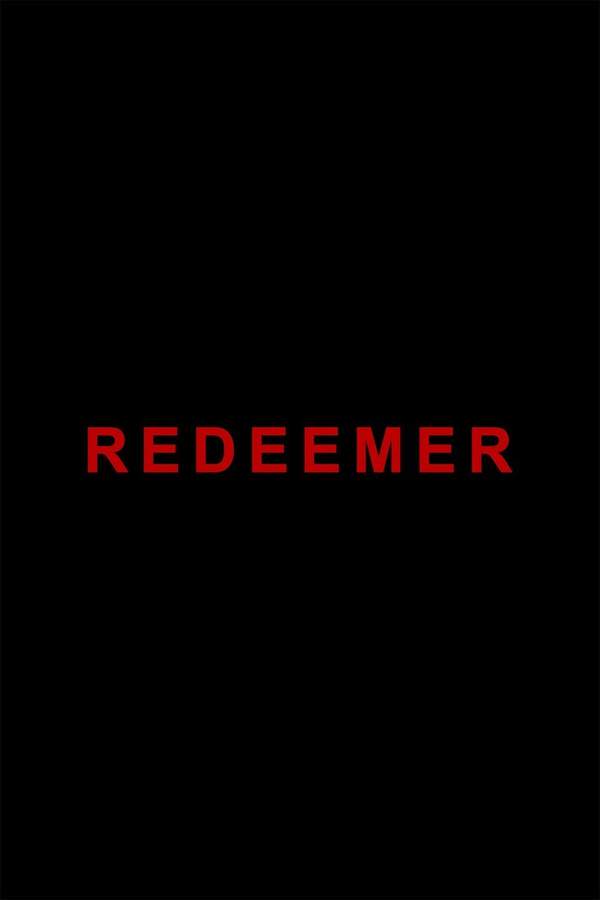
Dante’s Inferno: An Animated Epic
Year: 2010
Runtime: 84 mins
Language: English
Directors: Mike Disa, Victor Cook
Dante journeys through the nine circles of Hell—limbo, lust, gluttony, greed, anger, heresy, violence, fraud and treachery—driven by his longing for Beatrice. This animated adaptation brings the video game’s vivid interpretation of each circle to life, preserving its narrative and visual style.
Warning: spoilers below!
Haven’t seen Dante’s Inferno: An Animated Epic yet? This summary contains major spoilers. Bookmark the page, watch the movie, and come back for the full breakdown. If you're ready, scroll on and relive the story!
Dante’s Inferno: An Animated Epic (2010) – Full Plot Summary & Ending Explained
Read the complete plot breakdown of Dante’s Inferno: An Animated Epic (2010), including all key story events, major twists, and the ending explained in detail. Discover what really happened—and what it all means.
After returning from the Third Crusade, Dante arrives home to a scene of shattering loss: his servants lie slain, his father is dead, and his beloved fiancée Beatrice is dying from a stab wound. As she fades, Lucifer seizes Beatrice and drags her toward the gates of Hell, and Dante—a man driven by love and a sense of duty—pursues with a desperate resolve. In that moment, a figure appears to offer guidance: Virgil, a steadfast guide who will lead him through realms that no living soul should tread. Their uneasy alliance begins a perilous journey into the heart of Hell, where the living are forbidden and the dangers are designed to test every fiber of a man’s faith and memory.
They board Charon, a living ferry that ferries souls to the First Circle, and the ride quickly proves itself a gauntlet: Charon roars with demons and resists entry, and Dante must fight for passage as the ferry plunges deeper into the underworld. Dante’s courage is tested in a brutal confrontation that ends with him killing Charon, allowing Virgil and Dante to steer toward Limbo—the first circle where the truly virtuous, but unredeemed, reside. Here, Dante learns a devastating truth: Beatrice was pregnant with his child during his absence, a revelation that adds weight to the sorrow already burning in him. They press onward into a hall filled with the remnants of great minds and leaders—rulers, philosophers, and thinkers who once shaped the world above. Among them, Dante glimpses the echoes of figures like Plato, a reminder that the brilliance of the living can haunt the dead in this layered afterlife.
The journey quickly intensifies as they move to the second circle, where the sin of Lust casts its shadow over all who gave in to base desire. Dante is reminded of his own past infidelities to Beatrice, and the weight of that memory strains their fragile bond. Beatrice, though frail from her wounds, remains a beacon for Dante’s emotional landscape, and her faith begins to waver under the weight of his remembered transgressions. From Limbo, they descend into the very fringes of appetites and appetites’ consequences, a world where the sins are not merely abstract but embodied in tormented beings who haunt the walls of Hell.
A pivotal moment arrives in a grotto where the souls of the gluttonous are tormented by Cerberus, the great three‑headed hound. Virgil explains that the way forward lies within the beast, a perilous choice that tests Dante’s willingness to descend into the grotesque to escape. In that cavern, Dante encounters Ciacco, a fellow villager, who confesses his gluttony. Dante offers him a blessing and a cross, a small act of mercy that speaks to his character even as the environment threatens to swallow him. He then must destroy the heart of the monstrous hound to break free, a symbolic act that marks the brutal, bodily nature of this journey.
Entering the fourth circle, the sin of Greed takes center stage as Dante faces his own father, Alighiero di Bellincione. Their bitter exchange exposes the fault lines of lineage, pride, and the relentless pursuit of gold, culminating in a dramatic plunge into a vat of boiling wealth that sears away their pretenses and leaves Dante with a raw, personal reckoning. The fifth circle—Wrath—unfolds with the sight of Filippo Argenti, a taunter who is dragged down by other vengeful souls. Dante’s own fury and the atmosphere of furious, unquenchable rage intensify as they glimpse Lucifer looming in the City of Dis, and Dante declares his intention to wed Beatrice, even in Hell.
The sixth circle brings the terrors of heresy and fire as Dante confronts rivals and fears in a world where belief itself is forged in flames. He faces off with Farinata, a rival who embodies the heat of unresolved conflict, and overcomes the Minotaur that guards the next threshold. The environment becomes a constantly shifting landscape of allegory and torment as Dante and Virgil descend deeper into the infernal order.
Violence marks the next stage, where the Phlegethon carries them toward the Forest of Suicides. In a moment that electrifies the emotional stakes, Dante encounters his mother sprouting as a tree sprung from the sapling of a dead branch. He uses his cross to free her soul, a moment of intimate sorrow that heightens the personal stakes of his odyssey. In the same breath, he faces Francesco, his brother‑in‑law, who bears responsibility for the Crusades’ darkest echos, forcing a confrontation that blends personal grievance with historical violence.
As the journey threads into Fraud, Dante begins to reflect on his own sins with a brutal honesty that only such a road can demand. In this crucible of memory and guilt, Beatrice weds Lucifer and transforms into a demon. She attacks Dante, driving him to confront the ninth circle of Treachery and the deeper wound at the heart of his life: he is forced to reckon with the possibility that his actions—sleeps with women who were intertwined with others—helped precipitate the deaths of those he loves. Beatrice demands accountability, and she accuses him even as she arcs toward a path of vengeance. She forgives him, promising that they will be together again, but escaping Hell requires Dante to face Lucifer alone. He parts ways with Virgil, a bittersweet separation that cements the loneliness of his task.
In the climax, Dante realizes he cannot defeat Lucifer single‑handed; a brilliant, purifying beam of light erupts from him, freezing Lucifer in place. The landscape quiets as Dante recognizes that the true escape from Hell may lie in a different kind of courage—one that accepts the weight of sin and seeks a path beyond vengeance. With Lucifer immobilized, Dante makes a desperate leap toward the chasm that leads to Purgatory, hoping to be with Beatrice, who now exists in a liminal state—neither fully living nor fully dead. He tears away a tapestry that clings to him, and it disintegrates, transforming into a Hebrew serpent that slithers away as Lucifer’s laughter echoes in the depths. The final image is one of uneasy defiance: a villain’s smirk and a pilgrim’s resolve, as Dante presses onward toward redemption and reunion.
This epic descent remains a sweeping exploration of love, guilt, power, and forgiveness, rendered through a darkly cinematic lens that blends mythic scale with intimate human emotion. The journey through each circle of Hell is presented not only as a test of courage but as a reckoning with the choices that shape a life—and the possibility that salvation may only be found by embracing both the consequences of the past and the uncertain promise of what lies beyond.
Last Updated: October 09, 2025 at 16:58
Explore Movie Threads
Discover curated groups of movies connected by mood, themes, and story style. Browse collections built around emotion, atmosphere, and narrative focus to easily find films that match what you feel like watching right now.
Underworld journey stories like Dante’s Inferno: An Animated Epic
A fast-paced and grueling journey through a mythic underworld filled with peril.Explore more movies that feature a harrowing descent into a hellish underworld, similar to Dante's journey. These films share a fast pace, fantastical violence, and a dark tone, offering a similar experience for viewers who enjoyed the relentless exploration of Dante’s Inferno.
Narrative Summary
The narrative follows a linear, often descending, path through a series of distinct and dangerous zones within a mythological underworld. Each stage presents new horrors and moral tests, forcing the protagonist to confront both external monsters and internal demons, all while racing against time or fate to achieve a personal quest.
Why These Movies?
These movies are grouped by their shared core premise of a guided tour through a nightmarish afterlife, their high-intensity pacing, their dark and grotesque visual style, and the heavy emotional weight of a quest fueled by love, guilt, or redemption.
Bittersweet redemption quests like Dante’s Inferno: An Animated Epic
A hero burdened by guilt undertakes a brutal journey to atone for past sins.Find films with similar themes of guilt and moral accountability, where a character's love-fueled quest for redemption leads them through a brutal trial. If you liked the heavy emotional weight and bittersweet resolution of Dante’s Inferno, you'll find more powerful stories here.
Narrative Summary
The story follows a character motivated by a deep sense of personal failure or sin. Their quest is less about defeating a final boss and more about enduring a gauntlet of symbolic punishments that mirror their guilt. The ending is often bittersweet; redemption is earned, but the scars remain, and the victory is deeply personal rather than world-saving.
Why These Movies?
These films are connected by their focus on a deeply flawed protagonist, the central theme of confronting one's past to achieve redemption, a heavy emotional weight, and a narrative structure where external conflict is a direct reflection of internal turmoil.
Unlock the Full Story of Dante’s Inferno: An Animated Epic
Don't stop at just watching — explore Dante’s Inferno: An Animated Epic in full detail. From the complete plot summary and scene-by-scene timeline to character breakdowns, thematic analysis, and a deep dive into the ending — every page helps you truly understand what Dante’s Inferno: An Animated Epic is all about. Plus, discover what's next after the movie.
Dante’s Inferno: An Animated Epic Timeline
Track the full timeline of Dante’s Inferno: An Animated Epic with every major event arranged chronologically. Perfect for decoding non-linear storytelling, flashbacks, or parallel narratives with a clear scene-by-scene breakdown.

Characters, Settings & Themes in Dante’s Inferno: An Animated Epic
Discover the characters, locations, and core themes that shape Dante’s Inferno: An Animated Epic. Get insights into symbolic elements, setting significance, and deeper narrative meaning — ideal for thematic analysis and movie breakdowns.

Dante’s Inferno: An Animated Epic Spoiler-Free Summary
Get a quick, spoiler-free overview of Dante’s Inferno: An Animated Epic that covers the main plot points and key details without revealing any major twists or spoilers. Perfect for those who want to know what to expect before diving in.

More About Dante’s Inferno: An Animated Epic
Visit What's After the Movie to explore more about Dante’s Inferno: An Animated Epic: box office results, cast and crew info, production details, post-credit scenes, and external links — all in one place for movie fans and researchers.



